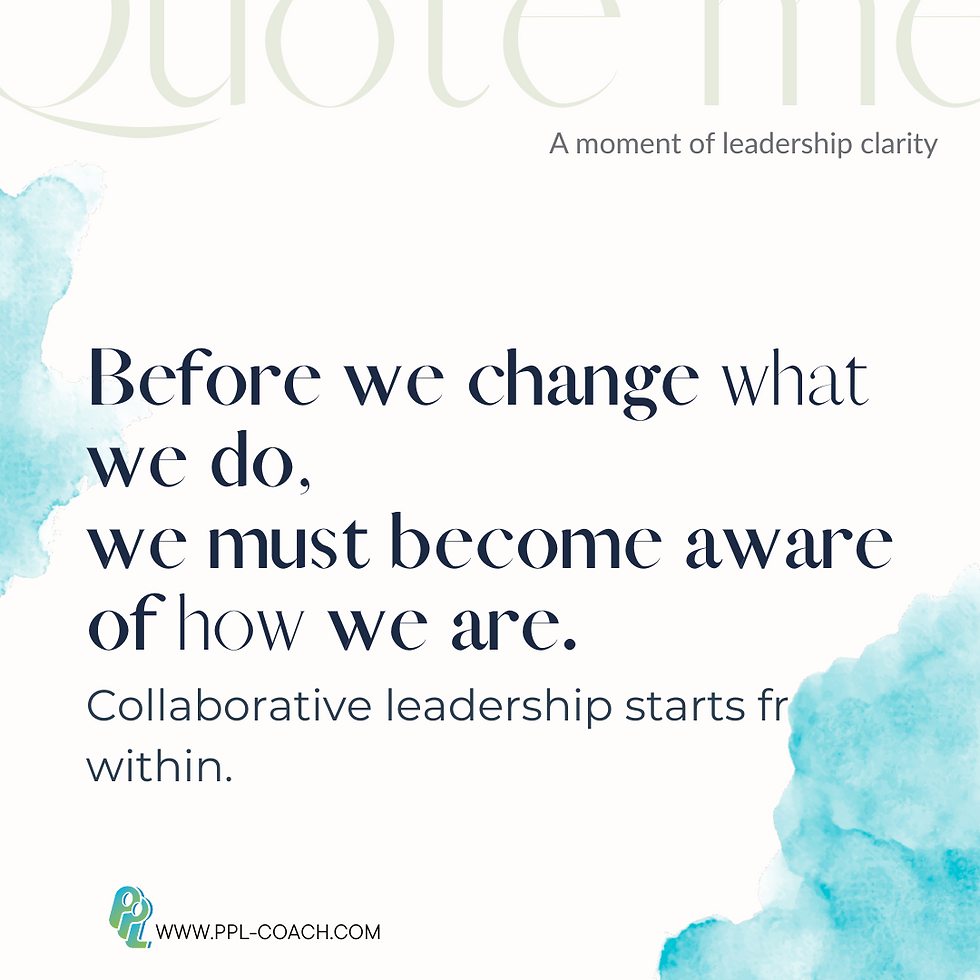Does your Pace Affect your Attention?
- Anjali Leon

- Jun 14, 2020
- 3 min read
Updated: Jan 4
"I can't breathe". Three words that have captured the world's attention and have become a slogan for the Black Lives Matter movement. From coast to coast, across the world, thousands of protestors are marching to say ENOUGH after the inexcusable video portraying the Houston man George Floyd being suffocated under the knee of a Minneapolis police officer.
But these words have been uttered before. In 2016, Eric Garner, the 17 year-old African American boy from Philadelphia had yelled "Get off me, I can't breathe" before dying of suffocation by a police officer. And in 2020, Manuel Ellis of Tacoma uttered the same words before dying from 'positional asphyxia' at the hands of a police officer. There have probably been countless other times that have not been captured on video but have been witnessed by by-standers. So why this time have we awoken to say ENOUGH? Why this time are we paying attention?
Asking this question brought me back to a co-active coaching program activity that had a profound effect on me and showcased how my pace affects my attention.
The activity involved walking around the room, making our way from one end to the other at different paces - noticing our attention, our thoughts, our focus.
We started at what they called a "New York pace" (ironic because we were in New York City and for some it was their normal pace!). I picked up my pace and with a relentless focus on making as many trips back and forth in the room, I moved deliberately, only remotely aware of the people or things around me - just enough to get out of their way or move something that was in my way, but I could not tell if they were a man or woman, black or white, happy or sad. My breathing kept getting louder and faster, my energy was high, I was starting to break a sweat, feeling productive and busy. Thinking, yes, I am doing this right!
Then we were asked to walk at our "normal pace" (for the New Yorkers it was the same pace!), I noticed I was much slower now, I noticed that I was more aware of the things immediately around me. I noticed the people more clearly as they got closer, I noticed the looks on their faces, the color of their clothes. I was more gentle as I walked past them or dodged something that was in the way.
Then we experimented with different paces. The more I slowed down, the more introspective I became — more concerned about what was immediately around me but also more connected to my own personal thoughts and feelings. I lost focus on the end goal. But the faster I walked, the more the end goal became the primary objective. When I found my goldilocks pace — not too fast and not too slow — I was able to not only become much more aware of the people and things around me, I was also able to keep focus on the end goal. I was still getting places but with much more intentionality. The pace was sustainable and enjoyable.

Our lives up until COVID-19 have been moving at a New York pace —limiting our ability to pay attention to what was around us. COVID-19 forced us to radically slow down, to look inward, to connect more to our own inner thoughts and feelings. Now as we emerge from the enforced slow pace, will we be better able to see and pay attention to what is around us? Did the abrupt shift allow us to finally hear the call of "I can't breathe"? Will it compel us to remain at our goldilocks pace for a bit longer so we can continue to pay attention to the other calls of "I can't breathe" and discover what other matters of great importance we may have been missing all this time?




Comments